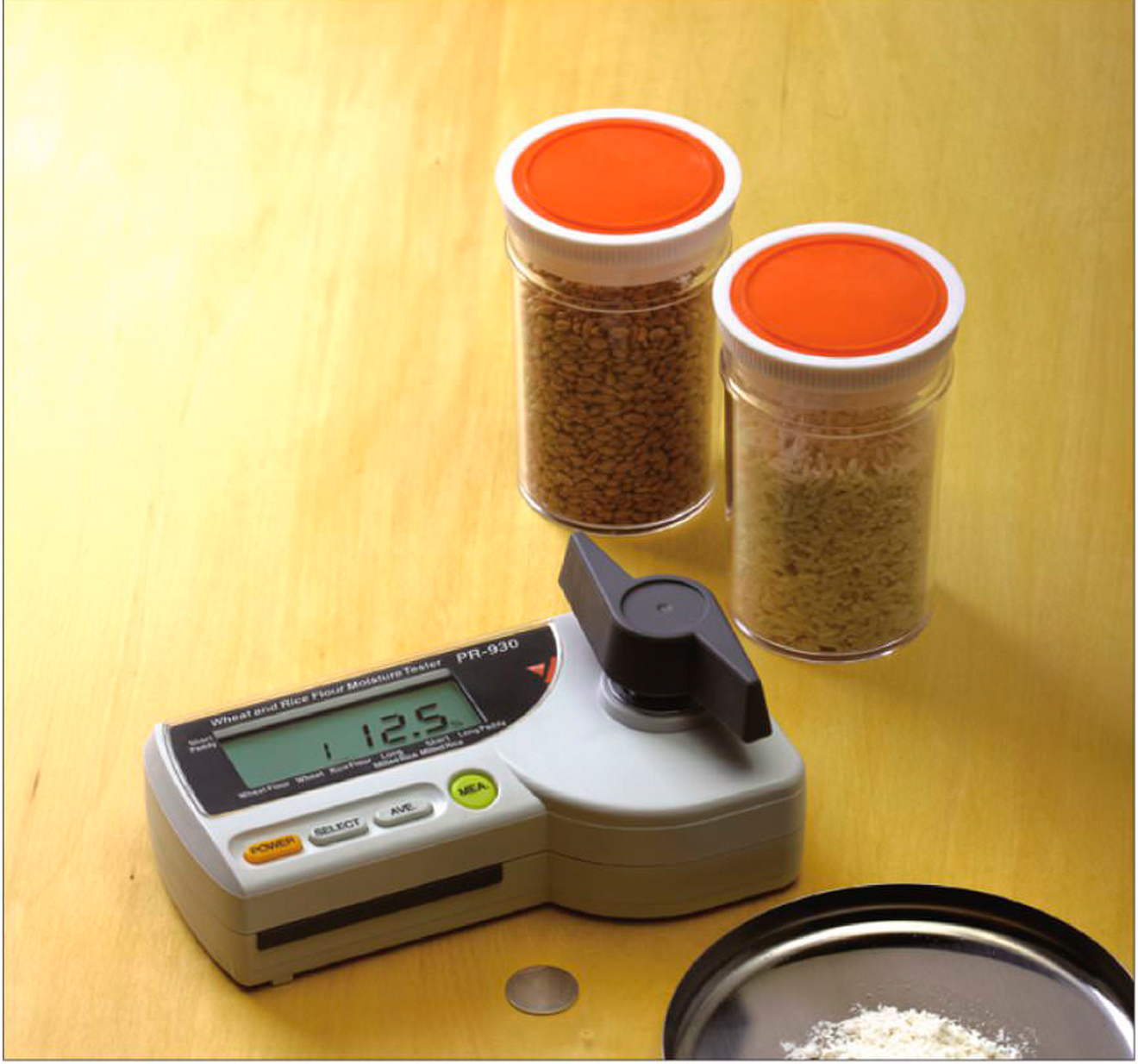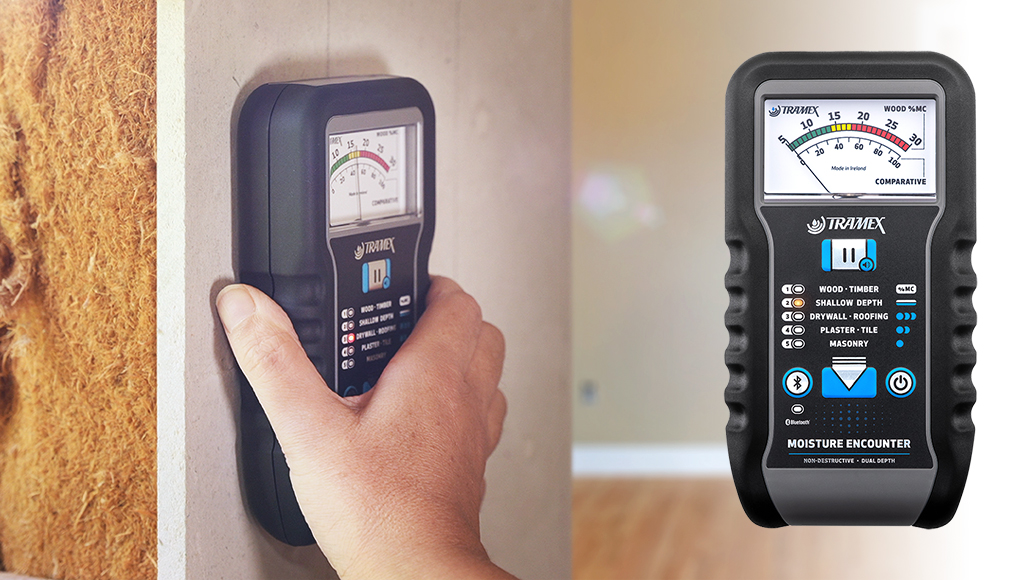Exactly how to Use a Moisture Meter to Detect Surprise Water Damages in Your Residential property
Exactly how to Use a Moisture Meter to Detect Surprise Water Damages in Your Residential property
Blog Article
The Ultimate Guide to Moisture Meters: A Comprehensive Summary and Exactly How They Can Save You Cash
In the world of structure upkeep, construction, and different markets, the importance of precisely measuring wetness degrees can not be overstated. Dampness meters serve as important tools in detecting and keeping an eye on moisture content in products, helping in protecting against expensive problems and making certain the top quality of items. Recognizing the nuances of different sorts of moisture meters, their applications, and the potential cost-saving benefits they provide can be a game-changer for experts and companies alike. Finding how these tools can not only enhance processes but also add to economic cost savings is a trip worth starting.
Kinds Of Moisture Meters
Various types of wetness meters are readily available for various applications in numerous markets. One usual kind is the pin-type moisture meter, which determines the electric resistance in between 2 pins placed into a product. This type appropriates for timber, drywall, and various other structure materials. Pinless dampness meters, on the various other hand, usage electro-magnetic sensor plates to check a larger area without triggering damages to the product's surface. These meters are excellent for promptly evaluating moisture degrees in large areas such as wall surfaces and floorings.
Infrared wetness meters determine the thermal buildings of a product to identify its moisture content non-invasively, making them beneficial for applications where pin or pinless meters may not be appropriate. Recognizing the different types of moisture meters available can help industries pick the most proper tool for their certain moisture dimension demands.

Benefits of Utilizing Moisture Meters

Additionally, using dampness meters can lead to enhanced power efficiency. In agricultural settings, wetness meters play an essential role in enhancing crop returns by allowing farmers to check dirt moisture levels and make educated irrigation decisions.
How to Choose the Right Moisture Meter
Selecting the suitable wetness meter entails taking into consideration key elements such as material compatibility, measurement range, and calibration precision. When selecting a wetness meter, it's vital to make sure that the meter is suitable for the certain product you will certainly be testing. Different products have varying electric residential properties that can influence wetness readings, so choosing a meter developed for your material is important for precise results. Furthermore, take into consideration the measurement variety of the moisture meter. Make sure that the meter can discover moisture degrees within the variety needed for your applications. Calibration accuracy is one more vital factor to remember (Moisture Meter). Opt for a dampness meter with trusted calibration to make sure exact and regular readings. Some meters might need routine calibration changes, so comprehending the calibration process is very important. By carefully evaluating these elements, you can select a dampness meter that meets your needs and supplies precise wetness measurements for your jobs.
Appropriate Methods for Moisture Meter Usage
To ensure exact dampness readings and make the most of the efficiency of a wetness meter, utilizing proper methods is necessary. When making use of a pin-type moisture meter, put the pins or probes into the material being tested until they make full contact. Make certain the pins are perpendicular to the surface to get the most specific reading. For pinless dampness meters, hold the gadget flat versus the product and relocate slowly to cover the entire location for an average reading. It's essential to calibrate the dampness meter according to the product being evaluated to boost precision. Take multiple analyses across the surface area and ordinary them out for a much more find more information trustworthy result. In addition, guarantee that the material being examined is accustomed to the atmosphere to stop manipulated analyses. Routine upkeep of the moisture meter, such as cleansing the pins or sensor, is also essential to make sure consistent and exact readings. By adhering to these proper strategies, individuals can rely on their moisture meter to supply credible moisture levels, aiding in stopping costly damages or making sure high quality in different applications.

Cost Financial Savings Via Moisture Meter Applications
How can the tactical application of dampness meters lead to significant expense financial savings across different sectors? In the farming industry, dampness meters help in establishing the ideal time for gathering plants, avoiding over-drying or excess moisture that can impact the final product's top quality.

In addition, in the food handling sector, wetness meters are essential for checking product high quality and making sure conformity with security policies. By precisely measuring wetness content in food, manufacturers can avoid spoilage, preserve quality, and reduce waste, resulting in significant cost financial savings. On the whole, the tactical application of moisture meters is an important financial investment that can lead to significant price reductions and enhanced effectiveness across various sectors.
Final Thought
To conclude, moisture meters are beneficial devices for discovering and measuring dampness levels in numerous products. By utilizing the ideal wetness meter and adhering to proper strategies, customers can properly protect against costly problems created by excess dampness. Investing in a quality dampness meter can result in considerable expense savings in the future by recognizing prospective problems early and enabling punctual removal. Ultimately, wetness meters are vital tools for preserving the stability and longevity of products and structures.
Moisture meters serve as indispensable devices in identifying and keeping track of moisture content in materials, helping in preventing costly problems and making certain the quality of items. Infrared dampness meters measure the thermal buildings of a product to establish its wetness material non-invasively, making them useful for applications where pin or pinless meters may not be ideal.Wetness meters supply invaluable advantages in precisely analyzing and keeping an eye on moisture degrees in varied products and environments. In farming settings, moisture meters play a crucial duty in maximizing crop returns by making it possible for farmers to Going Here keep track of soil dampness degrees and make informed irrigation choices.In verdict, wetness meters are valuable devices for finding and gauging moisture levels in numerous materials.
Report this page